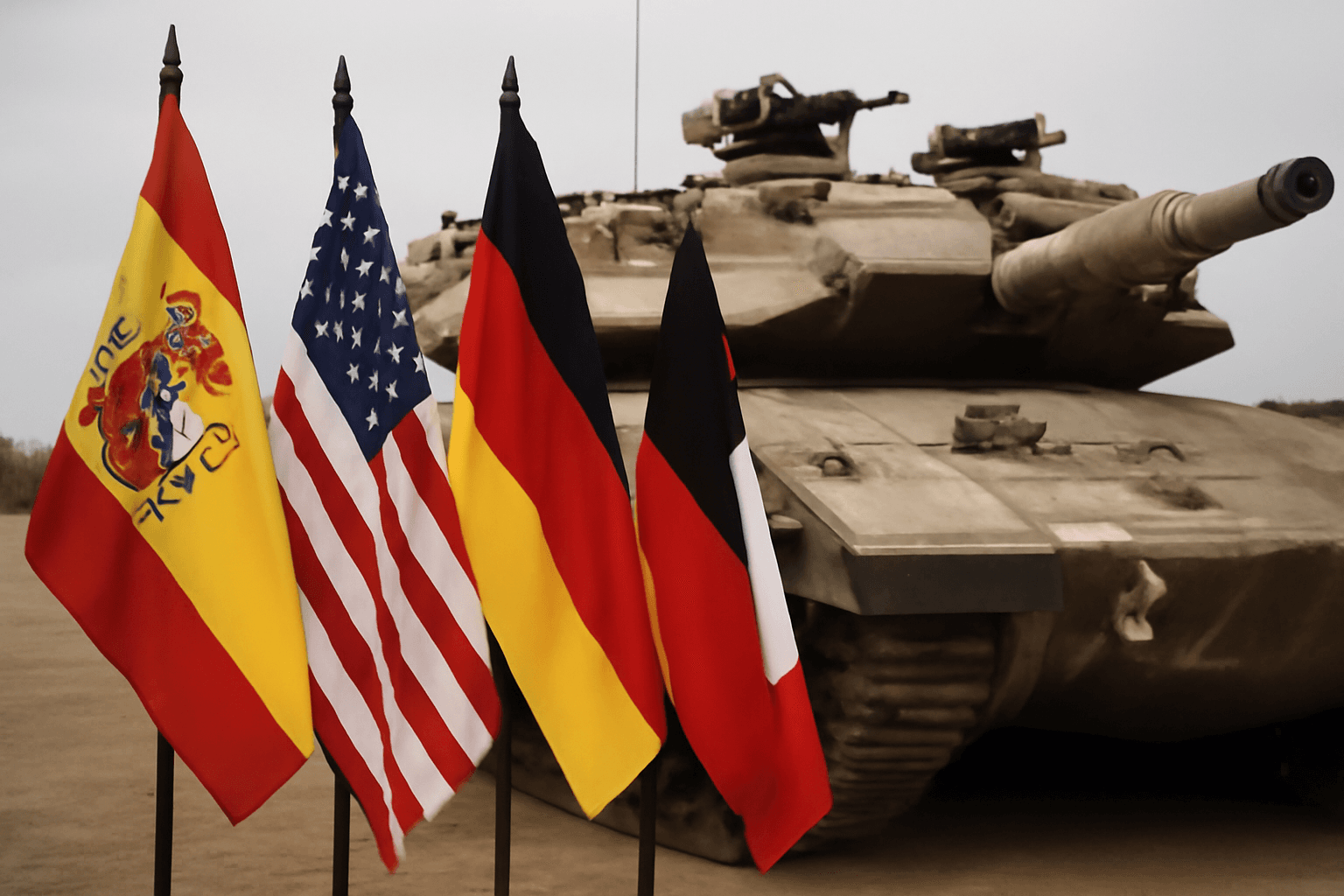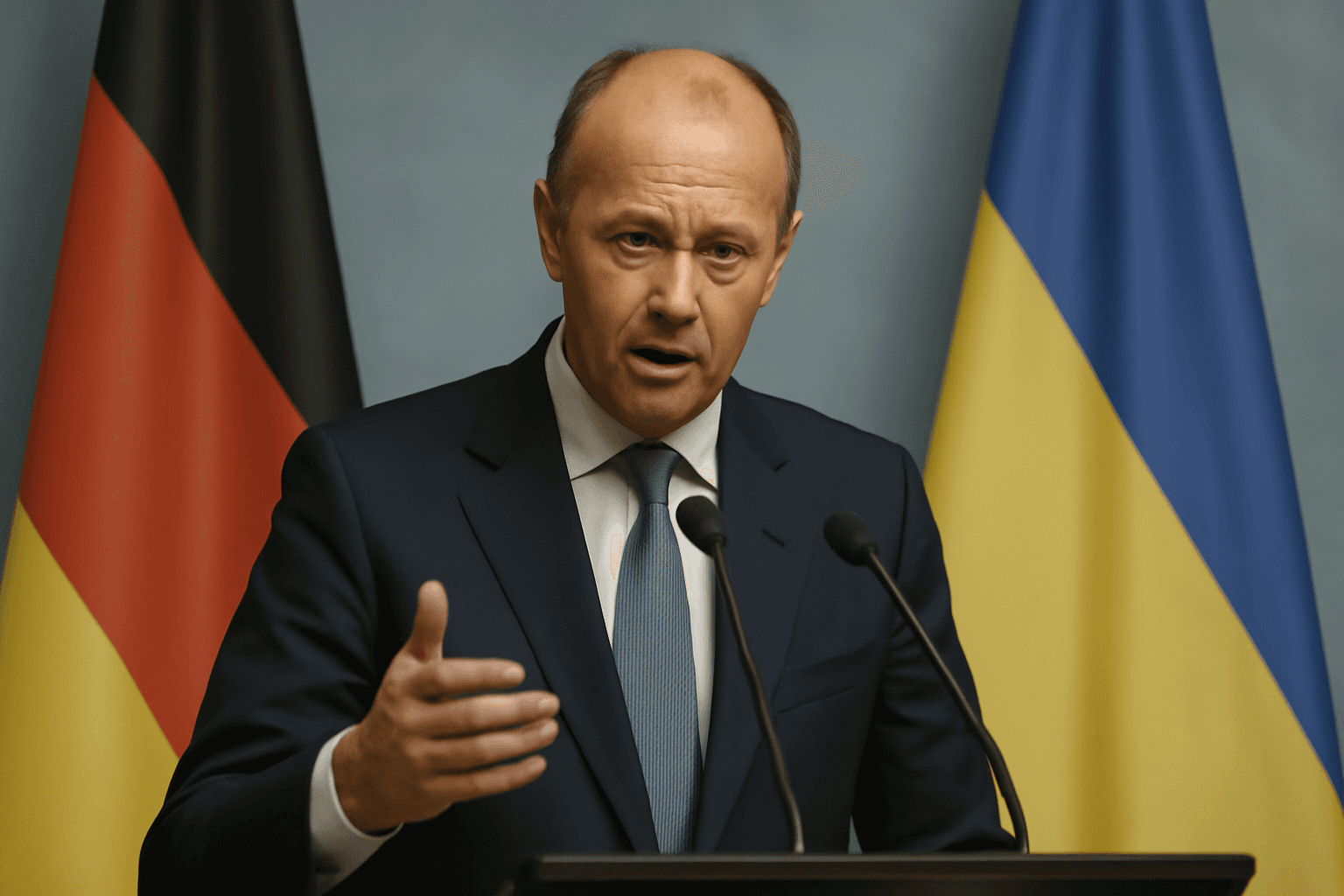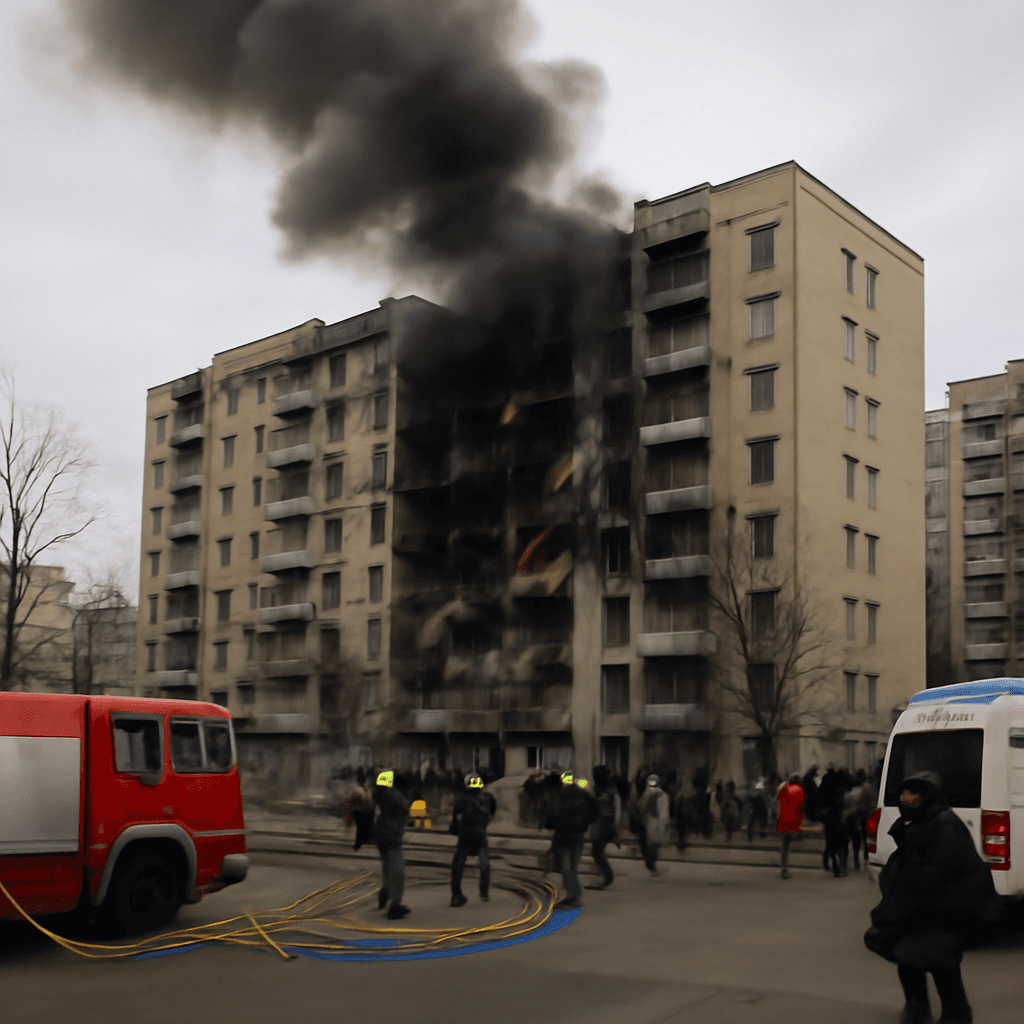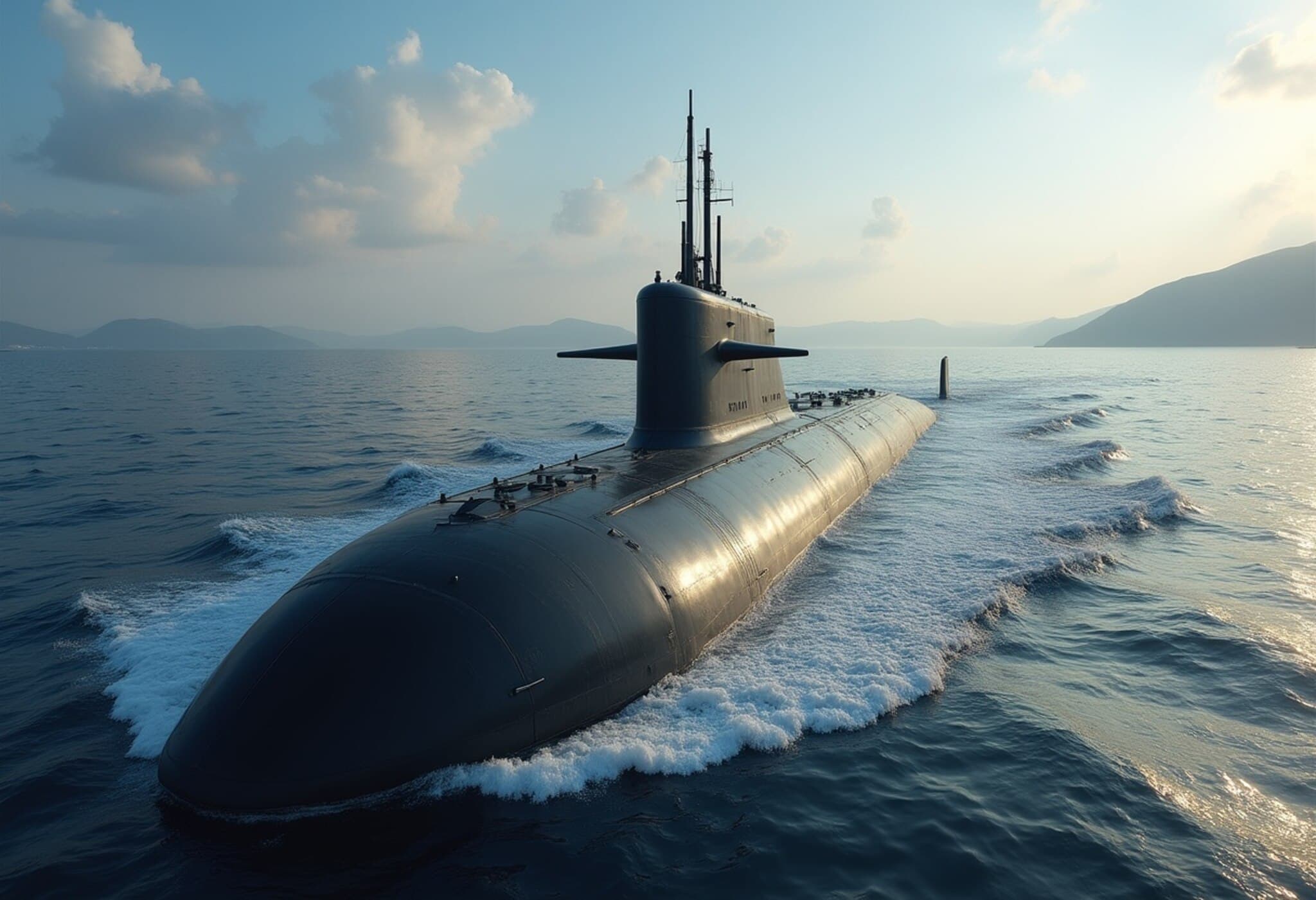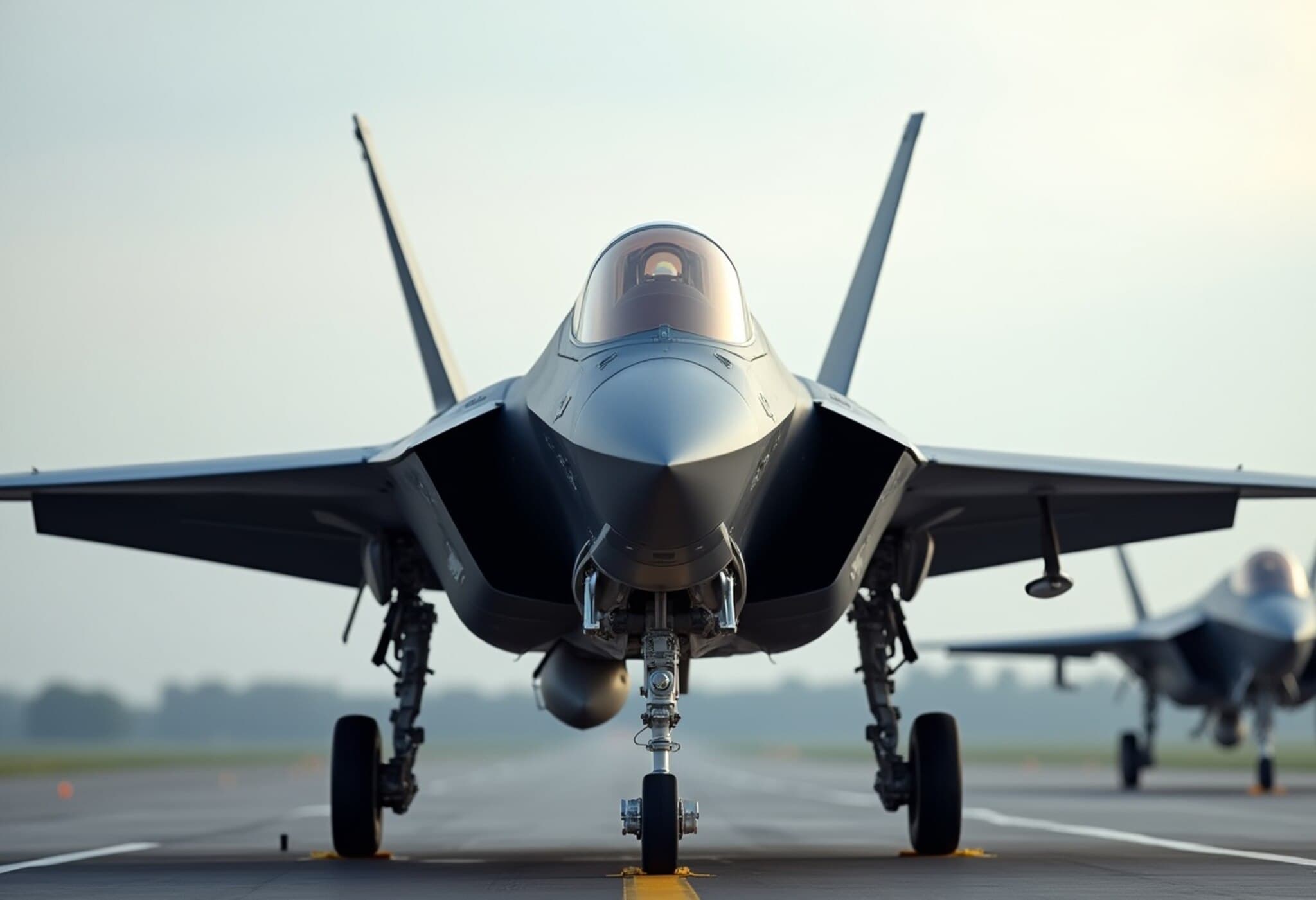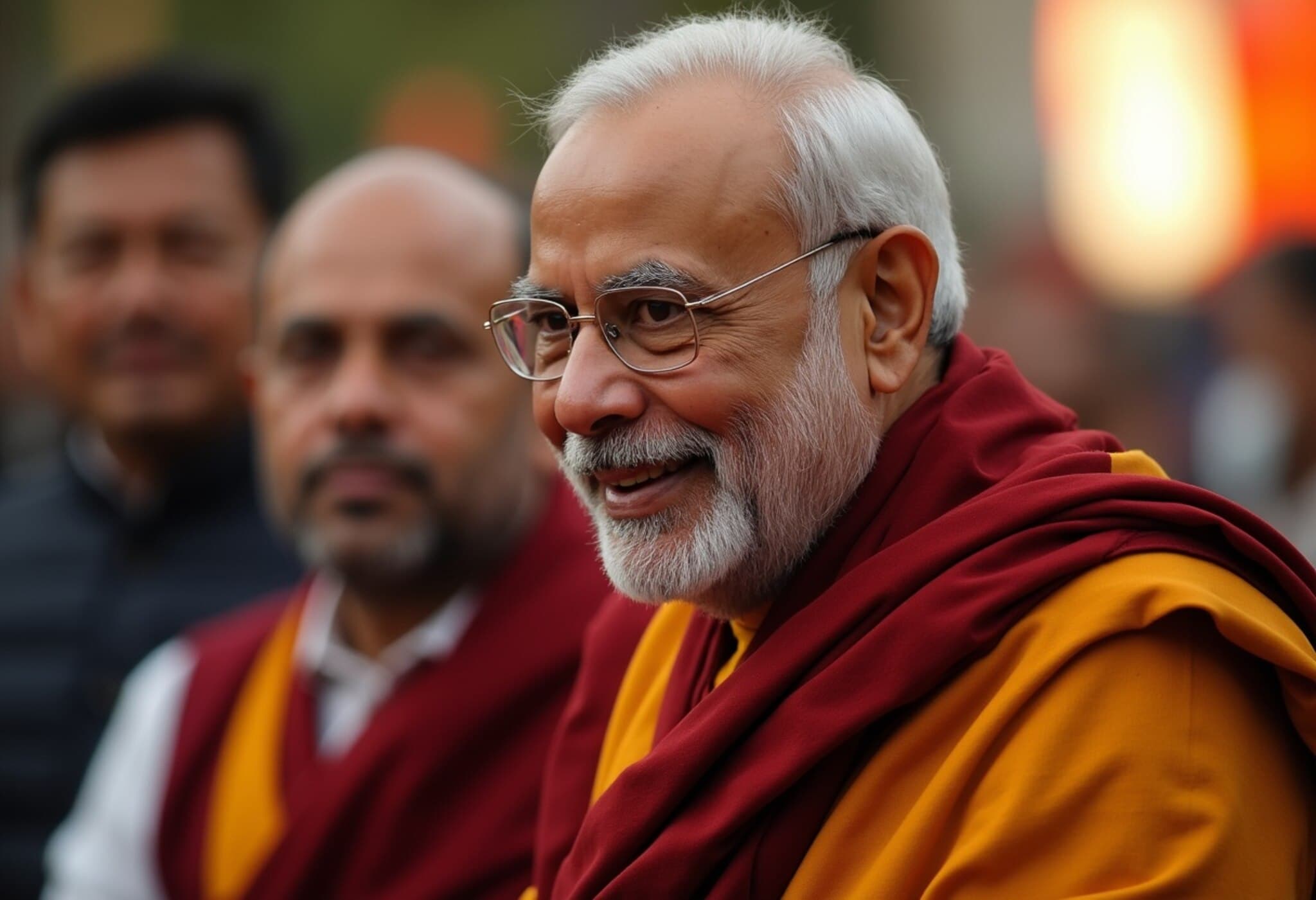UK F-35B Fighter Jet Undergoes Repairs in Kerala Following Emergency Landing
In a rare incident underscoring the deepening defence collaboration between the United Kingdom and India, a British Royal Navy F-35B Lightning II stealth fighter jet has been undergoing repairs at Thiruvananthapuram International Airport after making an emergency landing nearly three weeks ago. This aircraft, part of a fifth-generation fleet operated off the UK’s aircraft carrier HMS Prince of Wales in the Indian Ocean Region, was forced to divert due to sudden adverse weather conditions during a routine sortie.
Emergency Landing Marks Strategic Aviation Cooperation
The F-35B’s unexpected landing on June 14 was carefully managed with the support of Indian authorities. The Indian Air Force (IAF) had pre-identified Thiruvananthapuram as a designated emergency recovery airfield for such contingencies. Leveraging India's Integrated Air Command and Control System (IACCS), the fighter jet was detected, tracked, and safely guided to land. In a statement posted on social media, the IAF emphasized its readiness to provide all necessary logistical and technical support for the aircraft's prompt repair and redeployment.
Technical Challenges and the Repair Mission
Initial repair attempts by engineers aboard the HMS Prince of Wales were unsuccessful, as the aircraft suffered a hydraulic failure while attempting to depart after refuelling. Recognizing the complexity, the UK dispatched a specialised team of 25 engineers and technicians aboard an RAF Airbus A400M Atlas transport aircraft, bringing with them critical tools and equipment required to diagnose and mend the technical defect onsite.
On arrival, the F-35B was relocated to an Air India Maintenance, Repair and Overhaul (MRO) facility at Thiruvananthapuram, a move strategically welcomed and facilitated by Indian authorities. The UK Ministry of Defence expressed gratitude for India’s cooperation, highlighting the importance of such collaborative defence logistics in a globalized security environment.
Diplomatic and Strategic Implications
The episode highlights not only the technical challenges of operating cutting-edge stealth aircraft thousands of miles from home bases but also reflects growing interoperability and trust between the UK and India. The UK High Commission in India publicly thanked Indian counterparts for their unwavering support during the repair process, reiterating the strong bilateral ties in defense and security.
India’s willingness to provide maintenance infrastructure for a sophisticated US-origin military asset operated by a third country underscores its emerging role as a pivotal defence partner in the Indo-Pacific. Furthermore, the presence of Indian Central Industrial Security Force (CISF) personnel guarding the aircraft around the clock combined with British military guards exemplifies the seriousness accorded to safeguarding sensitive technology.
Broader Context: F-35B’s Strategic Role
The Lockheed Martin F-35B is a Vertical Take-Off and Landing (VTOL) stealth multirole fighter, considered among the most advanced warplanes in the world. Its deployment aboard the HMS Prince of Wales in the Indian Ocean signals the UK’s intent to maintain a persistent strategic presence in this vital maritime corridor. The ongoing repair operation, while logistical in nature, also subtly emphasizes the complexity and expense of operating such advanced platforms far from home shores.
If on-site repairs prove challenging, plans are in place to dismantle and airlift the jet back to the UK to ensure it returns to service with minimal delay. This contingency further stresses the critical role of robust global maintenance networks and partnerships.
Local Reactions and The Human Element
Interestingly, the F-35B’s brief sojourn in Kerala has not gone unnoticed by locals. The aircraft’s cutting-edge design and the story of its emergency landing have sparked quirky marketing campaigns and public fascination in the region, bringing an unusual spotlight on defence aviation fostering subtle cultural exchanges. This human dimension often gets overlooked in military aviation narratives but is crucial for understanding public engagement with defence matters.
Looking Ahead: What This Means for UK-India Defence Cooperation
- Strengthened Tactical Coordination: Seamless coordination between UK and Indian defence entities suggests a maturing security partnership.
- Maintenance and Logistics Hub Potential: India’s role as a regional logistics hub for allied forces might grow in importance, opening avenues for joint training and infrastructure development.
- Technological Safeguards and Cooperation: Safeguarding cutting-edge technology like the F-35 requires trust and collaboration, setting auspicious precedents for future defence technology sharing.
Editor’s Note
The emergency landing and repair of the UK’s F-35B fighter jet in India serves as a fascinating case study of 21st-century defence collaboration transcending geography and technology complexities. Beyond this technical episode lies a broader narrative of India’s evolving strategic role and the UK’s intent to project power responsibly in the Indo-Pacific. As the aircraft undergoes repair, questions arise about the future of multinational defence partnerships, how nations balance technological security with operational necessity, and the increasing interdependence in global military logistics. For industry observers, policy experts, and the general public alike, this incident is a window into the intricate dance of diplomacy, technology, and trust that defines modern defence.




